Galaan Architecture
Historical Overview
Development
Before picking up its name during the Golden Age of Somae, Galaan Architecture was mostly known simply for its use of Salis Sandstone. Many of the earlier buildings in the city's nicer neighborhoods and the countryside were built of smooth, ruddy Salis Sandstone."Visible within the rough-hewn walls were pillars from those long-standing temples of our ancestors, fragments of statuary, variously shaped stones placed not to fit, but rather as they arrived at the site." - Chronicle of the War of the Chariot-MenDuring the Threshing, some of the manors on the outskirts of town were destroyed, and their red stones were used in the hurried rebuilding of the city walls during the siege. The red walls within the city's modern boundaries are the last remnant of these ancient buildings.
Explosion
During the Somae Golden Age, Galaan Architecture was at its height. It was during this time that it got its name - thanks to Galaad II Thewisy, the second builder lord, who reconstructed the Sash and Rudroof. It was here that the style went from one based around the ruddy Salis Sandstone that so far defined it and acquired its more distinctive architectural features."We shall have a city to match our banner, a city of crimson." - Galaad IIChief among those features is its use of defensive architecture. Crenelations, towers, and oblique-cut windows gave the style a castle-like quality. This became enigmatic of the Somae Golden Age, with much interpretation attached. The use of fortifications for purely decorative purposes came to show the supremacy of House Thewisy, and that they could spend their energies constructing manors rather than castles.
Architectural Overview
Principles
Salis Sandstone
The most immediate visual clue that something is in the Galaan style is the use of Salis Sandstone. This sandstone is quarried from the hills around Lake Salis and is known for its distinctive ruddy red or pink color. Sitting near the surface, it is easily quarried and shipped to nearby Somae and other towns off the southeast and southwest shores of the lake. An exposed Salis Sandstone embankment near Feldhollow The stones of lesser quality are used for street curbs and cobblestone roads. The more well-cut stones, generally more brilliant in color, are used for larger-scale construction. Galaan buildings have distinctive ashlar stone masonry, often purposefully left rusticated to break up the monotony of brilliantly colored pink and red stones. The stones are often arranged in patterns and cuts unique to the building, lending structures within the city great individuality.Arches
Early Galaan Architecture had many arches supported by short, foliated columns of polished stone. These were most often seen in front of recessed entryways. Entryway to a home in Highgrove By the later stages of the Golden Age and beyond, cavernous, recessed entryways were fronted by semicircular arches without columns, originating from the ground. Most windows had arched stones above them and deep recesses.Decorative Defenses
Over three-fourths of structures built in the Galaan style during the Golden Age of Somae were constructed with towers, with about a fourth having more than one. These towers were built in a castle style, with crenelations and a terracotta roof. The terracotta roofs were never blue, purposefully avoiding any association with Meridian bluestone architecture. Walling often has small, embedded towers for decorative purposes only. Stationers Hall: Guildhall of the Stationers Guild, on the main square of Hallsway Crenelations abound across the roofs of most Galaan buildings, as do obliquely-cut windows, like those of arrow slits. This is most common in the Lion's Den neighborhood of Somae, where many noble houses have residences.Coethlac Variant
The city of Coethlac rests on the southern shore of Lake Salis, and is the main port on the lake for House Thewisy. Besides being a haven for smugglers, the city is also the nearest major settlement to the quarries for Salis Sandstone, besides the quarry town of Feldhollow. The most notable example in Coethlac, its main fortress just south of the city The city has an odd mix of rich and poor, between those who got wealthy off of trade on the lake, and the underbelly of smugglers and working class. The homes of the former match the style of Somae in most ways, but the average municipal building there, especially the many guild halls, are distinct. They mix Salis Sandstone with red brick, as well as wattle and daub, often built directly out over the water. The style is overall much more rustic. While often called Galaan, the style around Coethlac is actually called Salis Rustic or Gwyn Hills Fortified style. The latter is named for the fortifications in the Hills and Gap of Gwyn in the central Trifling Fields.
Primary Related Location
Important Locations
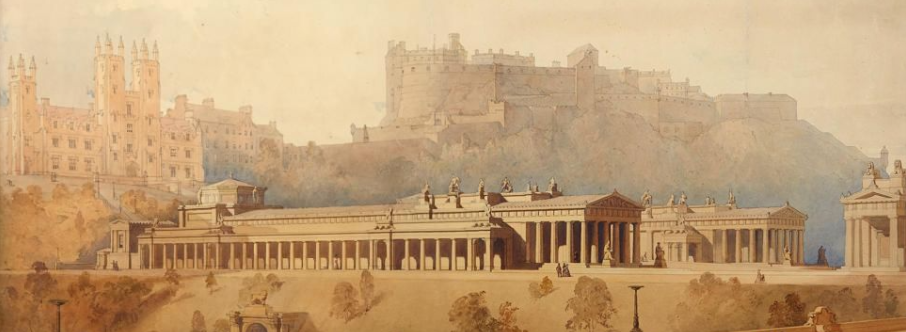
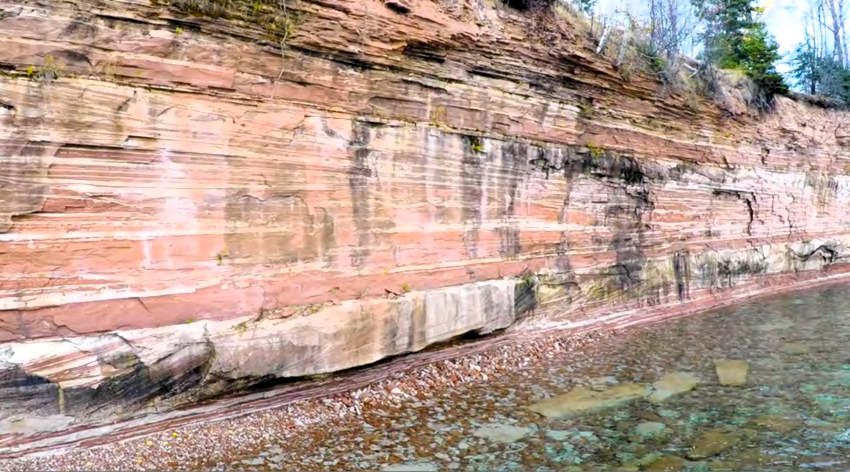
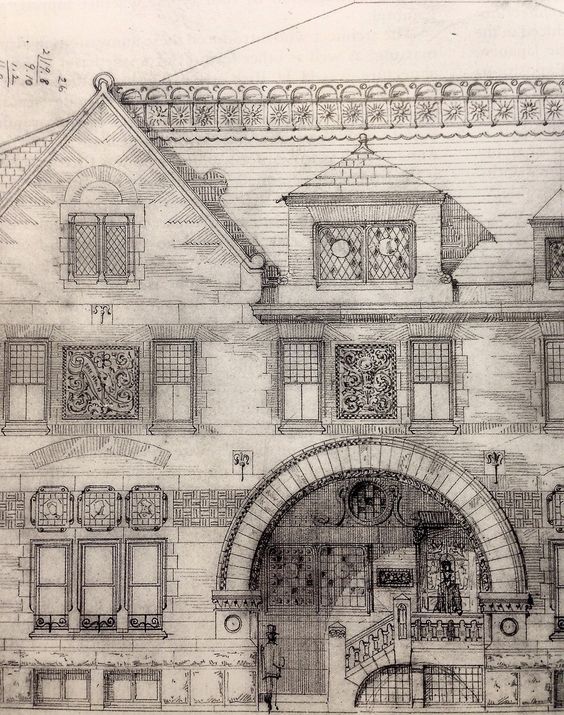
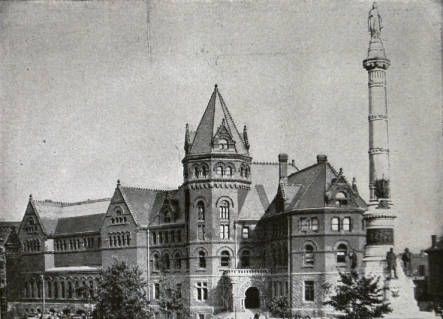
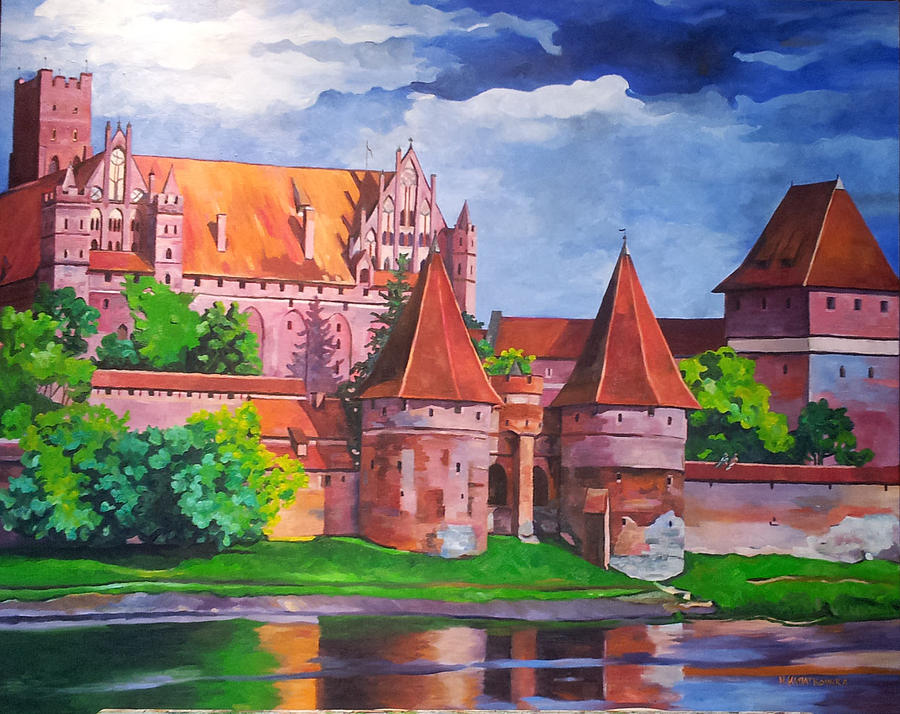
Comments